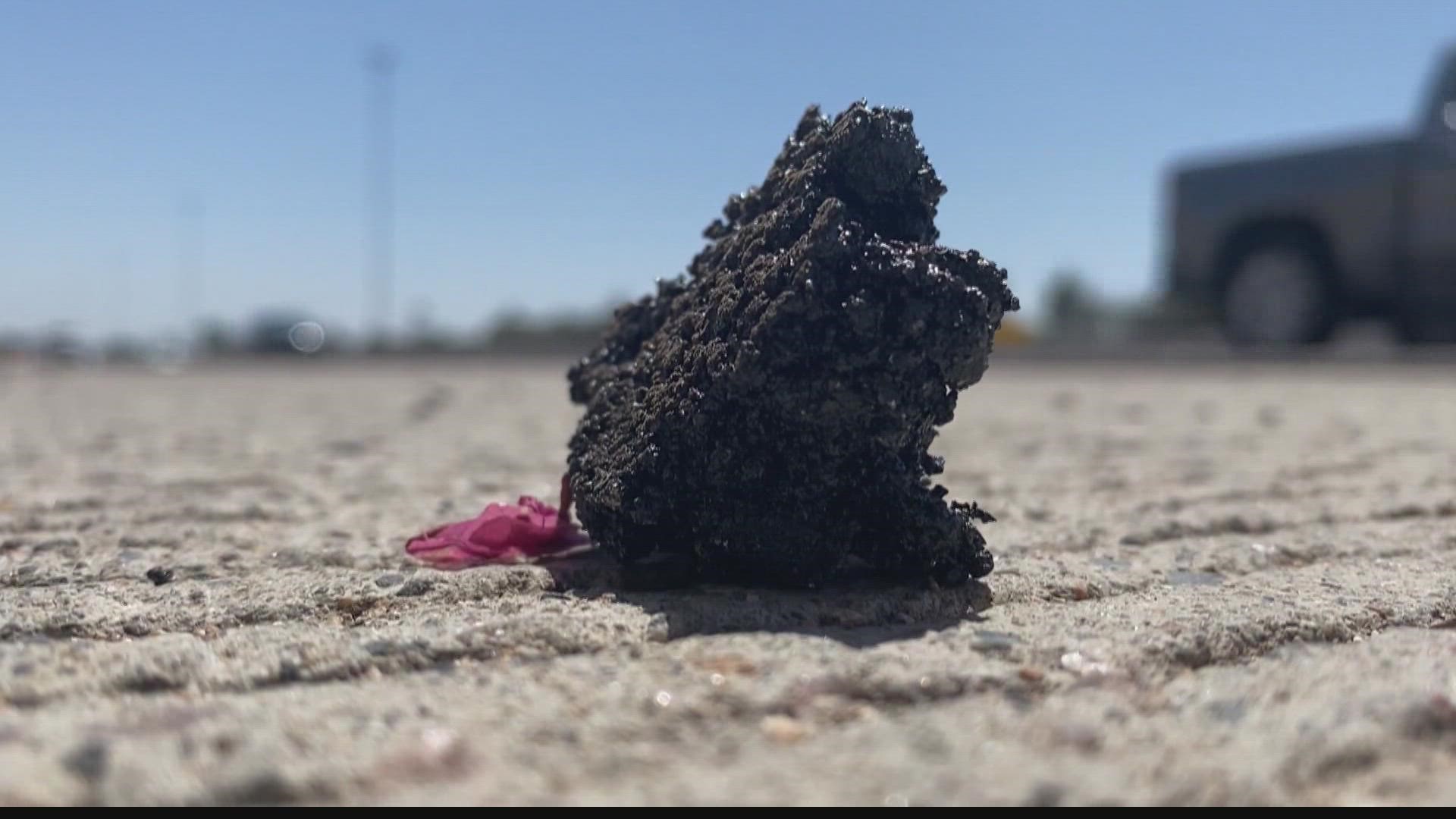PHOENIX — A program meant to make our roads quieter has left the Valley with aging and broken down pavement.
Back in the late 1990s and early 2000s, Phoenix was rapidly expanding. To meet the growing demand, the freeway system had to expand.
“A lot of the freeways came online in the mid-to-late-90s, early 2000s,” John Bullen, Transportation, Economic, and Finance Program Manager at Maricopa Association of Governments said.
The new roads brought highways close to homes that were never close to a major roadway before.
To cut down on road noise, Governor Jane Hull mandated in early 2003 that the Arizona Department of Transportation cover most of the Phoenix metro highway system with rubberized asphalt.
Rubberized asphalt is what it sounds like: It's a mixture of rubber and asphalt that shows initial promise in making our roadways quieter.
"Nearly the entire system is covered in that layer of rubberized asphalt,” Bullen said.
The state started the Quiet Pavement Pilot Program to study the long-term impact the material had on road noise.
Bullen said the hope was the program could potentially get credit from the federal government as a noise-reducing measure to meet federal standards.
However, the study found the major noise reduction benefits of the rubberized asphalt wore down after a few years. In 2013, the Federal Highway Administration ruled the pavement could not be used as a component of noise reduction.
Our highways then had a new problem, aging and deteriorating roads.
“Average life expectancy of rubberized asphalt is ten years,” Bullen said.
According to the Maricopa Association of Governments, more than 50% of our roadways with rubberized asphalt are past their life expectancy.
“That’s where you see the potholing, the cracking, the unraveling," Bullen said. "That’s from the aged rubberized asphalt.”
While some areas are holding up better than others, ADOT has stripped some roads down to the pavement as a better alternative than the remaining rubberized asphalt in recent years.
Where do we go from here?
When the metro area first moved towards rubberized asphalt, money was not set aside for replacing the roads after a decade.
The state now must weigh putting down another layer of rubberized asphalt against going with a new technique.
Recently, the state has tested out the "diamond grind" technique on our roadways. Diamond grind uses closely spaced diamond blades to remove a thin layer of the roadway. You can see the "diamond grind" in action on Loop 101 North just east of the I-17.
According to Bullen, diamond grind would last longer and would cost more than a billion dollars less than using rubberized asphalt. However, it is a new technique that is still being looked at.
“This has been our life for the past two years,” Bullen said.
Whether the state uses rubberized asphalt or diamond grind, the total cost is estimated at more than a billion dollars over the next 30 years to keep our roads maintained.
The investment may be on the way. Lawmakers are considering legislation that would leave it to voters to decide on continuing a half-cent tax for 25 years. The passage of the tax would generate more than $19 billion, $750 million of which has been set aside for pavement rehabilitation.
“Investment is needed, investment is critical,” Bullen said.
Up to Speed
Catch up on the latest news and stories on the 12 News YouTube channel. Subscribe today.

